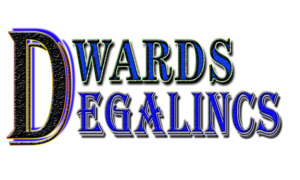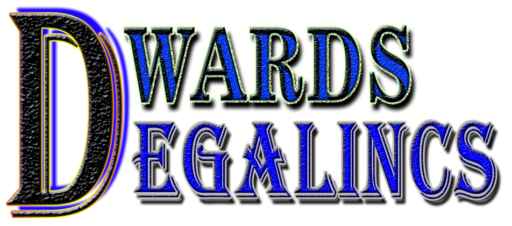In various professional and academic contexts, proposal writing serves as a critical skill for success. Whether seeking funding for a project, submitting a research proposal, or presenting a business idea, the ability to effectively convey your intentions and persuade stakeholders is paramount. In this article, we will delve into the world of proposal writing, exploring its purpose, key components, and the art of crafting a compelling proposal.
Understanding Proposal Writing
Proposal writing is the process of presenting a formal document that outlines a specific project, research study, or business idea to potential funders, sponsors, or decision-makers. The goal is to persuade the audience to support the proposal by showcasing its viability, importance, and potential benefits.
Key Components of a Proposal
- Introduction: A proposal begins with an engaging introduction that captures the reader’s attention and provides an overview of the project. This section should highlight the context, problem statement, and the significance of the proposed initiative.
- Objectives and Goals: Clearly state the objectives and goals of the proposal. Define what you aim to achieve, the desired outcomes, and the impact it will have on the target audience or stakeholders.
- Methodology: Describe the approach, methodology, or research design that will be employed to accomplish the proposed objectives. Provide details on the specific activities, resources required, and the timeline for project completion.
- Budget and Resources: Present a detailed budget that outlines the estimated costs associated with the proposed project. Include expenses for personnel, equipment, materials, and any other resources required. This section should be comprehensive, transparent, and aligned with the objectives of the proposal.
- Evaluation and Impact: Describe the methods that will be used to evaluate the success of the project or measure its impact. Explain the criteria that will be used to assess the effectiveness and outcomes of the proposed initiative.
- Sustainability and Future Plans: Discuss the long-term sustainability of the project beyond the proposed timeframe. Address how the project will be maintained or expanded, potential partnerships, and any future plans for growth or scalability.
Crafting a Compelling Proposal
- Know Your Audience: Understand the needs, interests, and priorities of the audience you are targeting. Tailor your proposal to align with their values and objectives, demonstrating how your proposal meets their requirements and addresses any concerns.
- Clear and Concise Writing: Use clear and concise language to convey your ideas. Avoid jargon and technical terms that may confuse or alienate readers. Structure your proposal in a logical and organized manner, ensuring that the flow of information is easy to follow.
- Highlight the Benefits: Clearly articulate the benefits and potential outcomes of your proposal. Emphasize the positive impact it will have on the target audience or stakeholders. Use evidence, data, and compelling examples to support your claims and demonstrate the value of your proposal.
- Demonstrate Expertise and Credibility: Establish your expertise and credibility by showcasing your qualifications, relevant experience, and any previous successes or accomplishments related to the proposed project. This helps build trust and confidence in your ability to deliver on the proposed objectives.
- Visual Presentation: Utilize visual aids such as graphs, charts, and illustrations to enhance the clarity and visual appeal of your proposal. Visual elements can help illustrate complex ideas, present data effectively, and make your proposal more engaging and memorable.
- Review and Refine: Proofread your proposal meticulously to ensure accuracy, grammar, and spelling. Seek feedback from trusted colleagues or mentors to gain valuable insights and make necessary revisions. A well-polished proposal demonstrates professionalism and attention to detail.
Proposal writing is a skill that can open doors to funding, collaboration, and support for your projects and ideas. By understanding the key components of a proposal and employing effective writing strategies, you can craft a compelling document that captures the attention of your audience, persuades stakeholders, and increases the likelihood of success. With practice, attention to detail, and a clear understanding of your objectives and target audience, you can master the art of proposal writing and pave the way for future opportunities and achievements.


